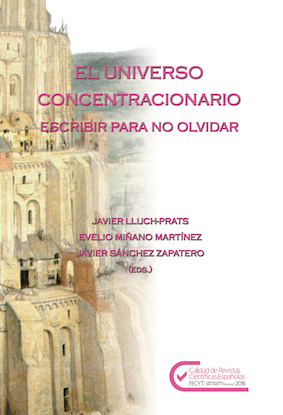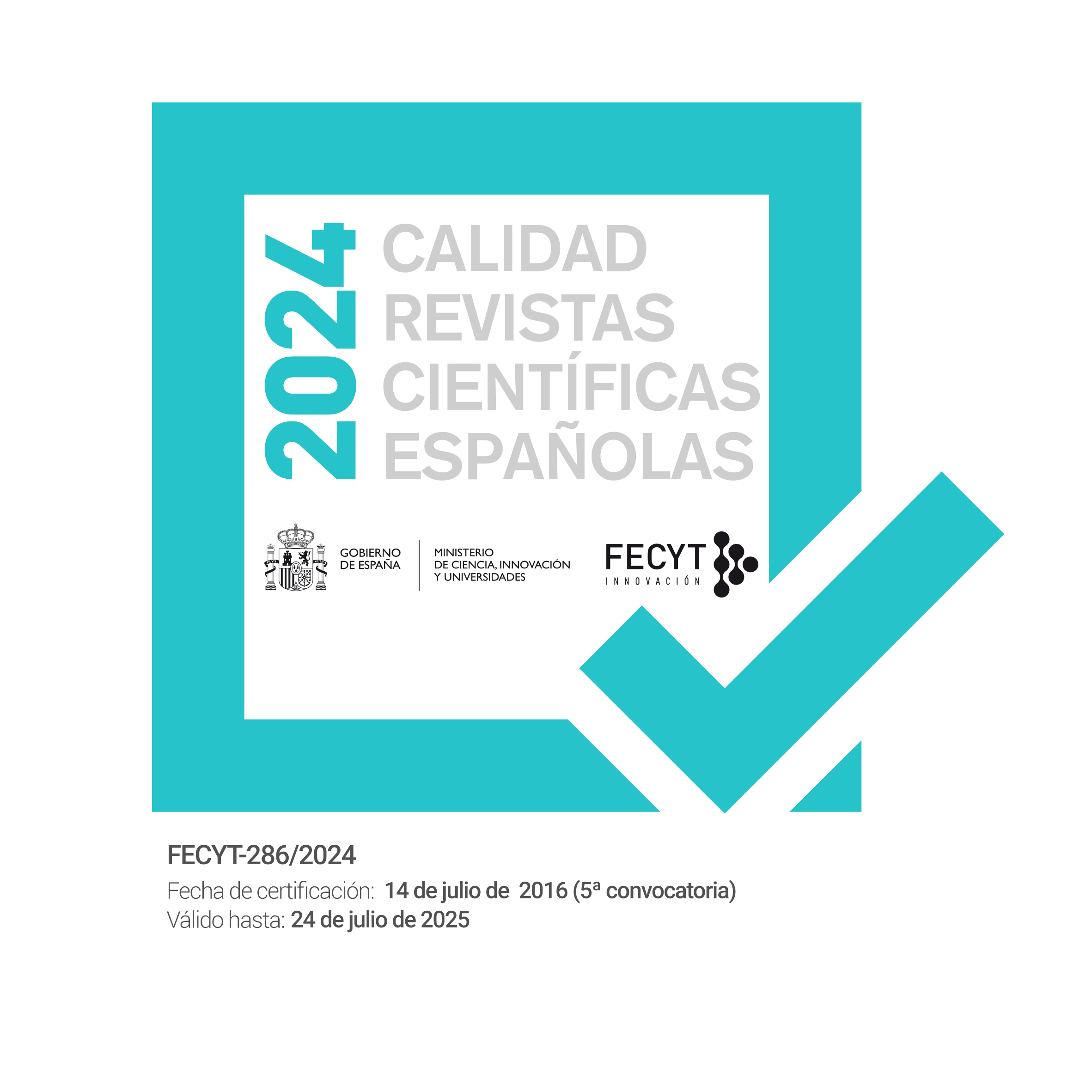'Maus' and 'El arte de volar': Two paradigmatic representations of the concentrationary universe
DOI:
https://doi.org/10.7203/qdfed.21.9335 Abstract
Abstract
Comics offer valuable insights into representing historical questions in a fictional way through the conjunction of their visual and textual elements. Even though both authors (Spiegelman; Altarriba) are not direct witnesses, intergenerational transmission allows them to articulate and to think about their stories, regarding the trauma, the criminality and inhumanity of extermination camps such as Auschwitz and Saint-Cyprien. The metafictional exercise of Maus, or the appropriation of the testimonial voice by Altarriba’s narrator, are some of the narrative and graphic resources analyzed as strategies in order to resolve the problematic representation of reality, the traumatic experience and the image of the concentration camps.
Keywords: comic; concentration camps; memory; testimony; commitment.
 Downloads
Downloads
Downloads
Published
How to Cite
-
Abstract929
-
PDF (Español)1122
Issue
Section
License
 Este obra está bajo una licencia de Creative Commons Reconocimiento-NoComercial-SinObraDerivada 4.0 Internacional.
Este obra está bajo una licencia de Creative Commons Reconocimiento-NoComercial-SinObraDerivada 4.0 Internacional.
Authors who publish with this journal agree to the following terms:
- Authors retain copyright and grant the journal right of first publication with the work simultaneously licensed under a Creative Commons Attribution License that allows others to share the work with an acknowledgement of the work's authorship and initial publication in this journal.
- Authors are able to enter into separate, additional contractual arrangements for the non-exclusive distribution of the journal's published version of the work (e.g., post it to an institutional repository or publish it in a book), with an acknowledgement of its initial publication in this journal.
- Authors are permitted and encouraged to post their work online (e.g., in institutional repositories or on their website) prior to and during the submission process, as it can lead to productive exchanges, as well as earlier and greater citation of published work (See The Effect of Open Access).




